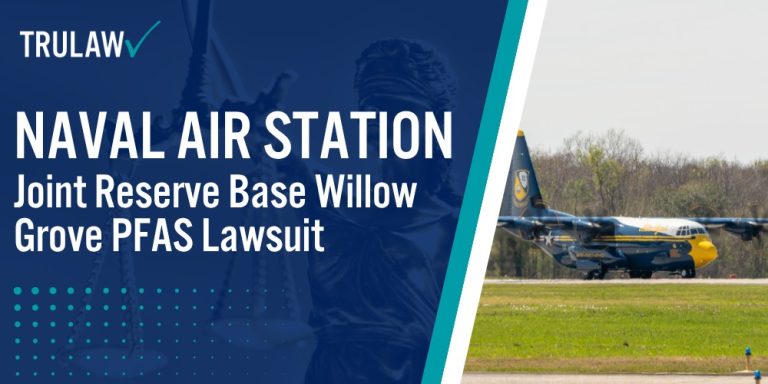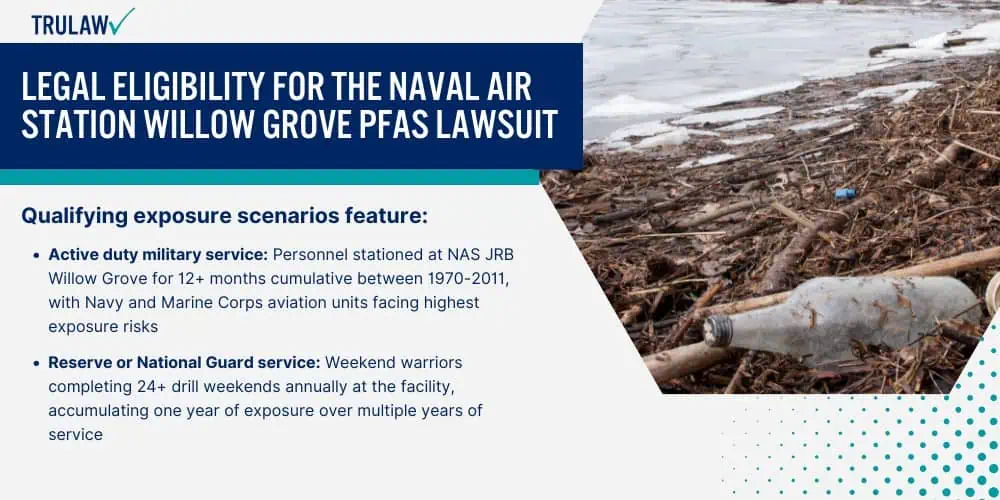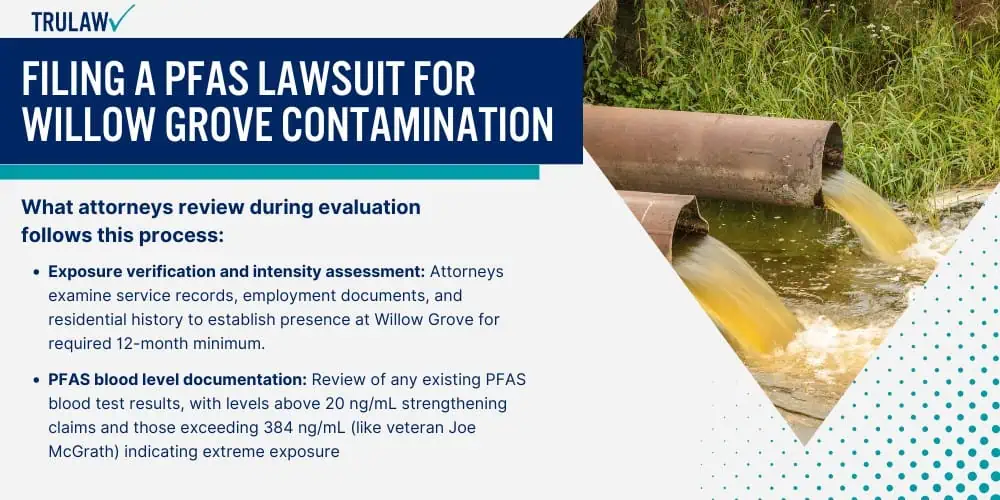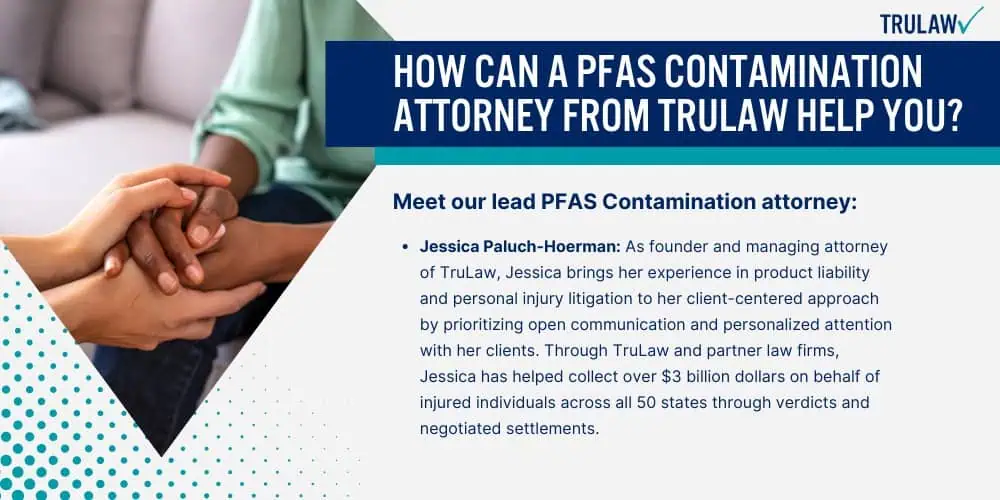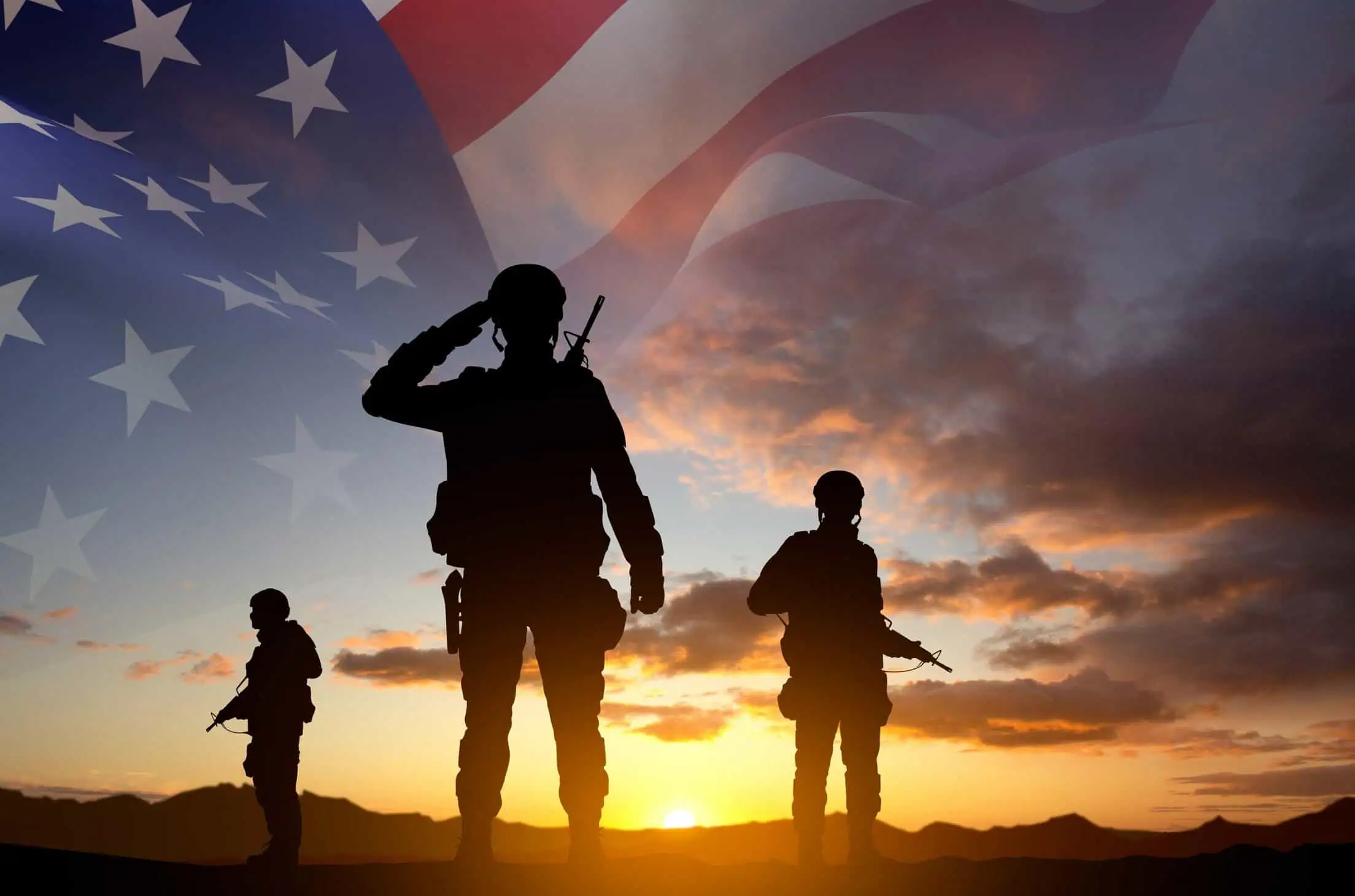The discovery of catastrophic contamination at Naval Air Station Joint Reserve Base Willow Grove has revealed PFOS levels 75,000 times higher than EPA limits and PFOA levels 2,425 times higher, making it one of the most severely contaminated military sites in the nation.

From its establishment in 1942 through its closure in 2011, this Montgomery County facility served as a hub for Navy, Marine Corps, Air National Guard, and Air Force Reserve operations.
During this time, firefighting foam containing toxic “forever chemicals” was used extensively for training exercises and emergency response that has led to the poisoning of groundwater that served both military personnel and surrounding communities.
PFAS Testing Results and Contamination Levels
In 2019, groundwater testing at the former base revealed alarming PFAS concentrations, with PFOS measured at 300,000 parts per trillion (ppt) and PFOA at 9,700 ppt, compared to the EPA’s current maximum contaminant level of just 4 ppt for each compound.
These readings represent some of the highest PFAS contamination levels ever documented at a military installation, indicating decades of accumulated pollution from firefighting foam use.
The most severe contamination measurements detected at the site feature:
- Perfluorooctanesulfonic Acid (PFOS): 300,000 ppt measured in groundwater monitoring wells, representing 75,000 times the EPA’s 4 ppt limit and ranking among the highest PFOS levels recorded at any U.S. military installation
- Perfluorooctanoic Acid (PFOA): 9,700 ppt detected near fire training areas, exceeding EPA standards by 2,425 times and surpassing contamination at 95% of other military bases and contaminated sites tested nationwide
- Combined PFOS + PFOA: 309,700 ppt total concentration, a level that triggers immediate EPA response requirements and mandatory alternative water provisions for affected communities
- Perfluorohexanesulfonic Acid (PFHxS): 61,000 ppt found in soil samples, a compound with an 8.5-year half-life in human bodies that accumulates in blood plasma and liver tissue
- Perfluorobutanesulfonic Acid (PFBS): 15,000 ppt in surface water runoff, linked to thyroid hormone disruption and developmental delays in exposed populations
- Perfluoroheptanoic Acid (PFHpA): 3,000 ppt in drainage ditches, associated with liver toxicity and immune system suppression in laboratory studies
- Soil contamination near fire training areas: 98,000 parts per billion detected at depths up to 15 feet, creating ongoing leaching risks that will persist for decades
- Off-base private wells: Up to 2,740 ppt measured in residential wells within a 3-mile radius, affecting approximately 3,200 households relying on groundwater
The contamination has spread far beyond the base boundaries into Horsham Township and surrounding Montgomery County communities, potentially affecting around 50,000 residents who relied on contaminated water supplies before public warnings were issued.
Recent environmental testing continues to reveal new hotspots of contamination, with the highest concentrations found near aircraft hangars and the former fire training area where AFFF was used most frequently.
Sources of PFAS Pollution at the Base
Aqueous Film Forming Foam (AFFF), the primary source of contamination at Willow Grove, was routinely used in firefighting training exercises and emergency responses throughout the base’s operational history from the 1970s onward.
This specialized foam, designed to suppress flammable liquid fires common in aviation accidents, contained high concentrations of PFAS compounds that gave it its effectiveness but also made it environmentally persistent.
Specific areas and facilities where AFFF contamination occurred include:
- Fire training areas and burn pits: Two designated training zones where firefighters conducted weekly exercises using 500-1,000 gallons of AFFF concentrate mixed at 3-6% ratios from 1970-2016
- Emergency response vehicle maintenance bays: Three facilities where fire trucks underwent daily equipment checks that released approximately 50 gallons of AFFF residue monthly through wash-down procedures
- Fuel storage and distribution areas: Eight underground storage tank locations protected by AFFF suppression systems that activated during 14 documented spill events between 1975-2010
- Aircraft crash sites and training zones: Multiple designated crash rescue training areas where personnel practiced foam application techniques twice weekly using military-specification AFFF
- Equipment testing and calibration locations: Four designated areas where firefighting systems underwent mandatory annual flow testing, discharging untreated AFFF directly onto permeable surfaces
The synthetic chemicals from decades of foam use seeped through soil layers into groundwater aquifers, creating a contamination plume that continues to spread through underground water systems.
Historical records indicate that firefighting personnel conducted training exercises multiple times per week, releasing thousands of gallons of AFFF-containing foam directly onto the ground without environmental safeguards or containment measures that would be required today.
Geographic Scope of Contamination
The PFAS contamination from Willow Grove extends throughout Horsham Township, Warminster, and portions of both Bucks and Montgomery counties, creating one of the largest contaminated zones in Pennsylvania.
Public water systems serving these communities have been forced to install expensive filtration systems or abandon contaminated wells entirely, while many private well owners discovered their drinking water contained PFAS levels hundreds of times above safe limits, raising serious concerns about long-term community health impacts.
Private well users remain particularly vulnerable to ongoing exposure, as many rural and suburban properties surrounding the former base rely on groundwater that may not be regularly tested for PFAS contamination.
Development plans for the 860-acre former base property remain stalled due to environmental concerns, while the contamination plume continues to migrate through underground aquifers, potentially threatening additional water supplies and natural resources that could persist for generations.
If you or a loved one lived, worked, or served at Naval Air Station Joint Reserve Base Willow Grove and subsequently developed cancer or other serious health conditions, you may be eligible to seek compensation.
Contact TruLaw using the chat on this page to receive an instant case evaluation and determine whether you qualify to join others in filing a PFAS Lawsuit today.
